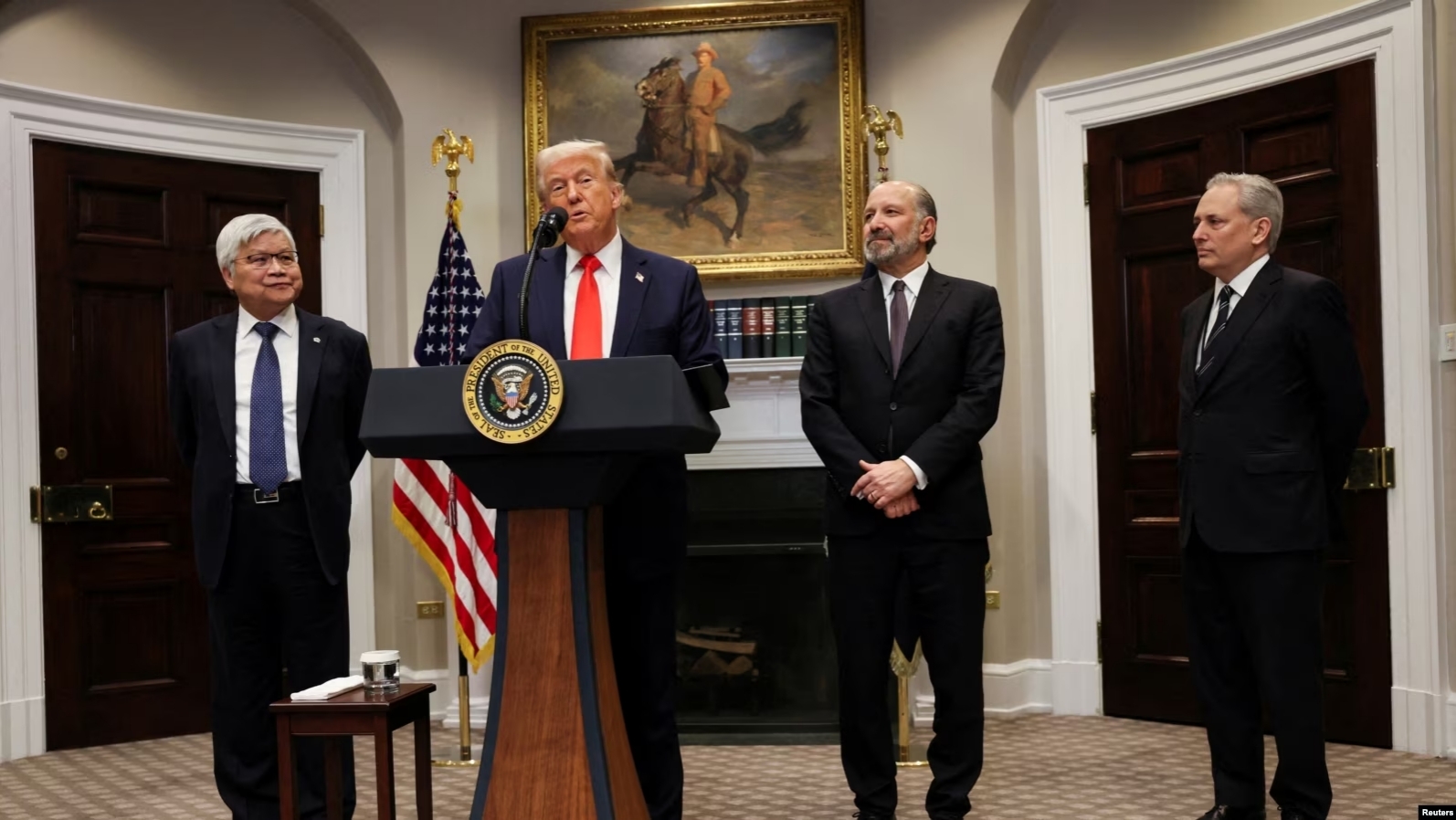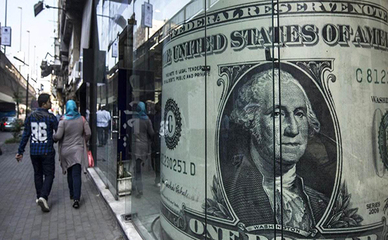
On Monday, chip giant Taiwan Integrated Circuit Manufacturing Co. (TSMC) announced plans to invest $100 billion in the United States and prepare to build five new chip factories. US President Donald Trump also said the company had previously announced an investment of $65 billion.
TSMC's huge investment decision is closely related to the current geopolitical environment. In recent years, the U.S. government has continued to pressure semiconductor companies to transfer advanced manufacturing capabilities to the United States. The Chip and Science Act, passed in August 2022, makes it clear that companies receiving subsidies must manufacture in the United States. This policy has directly driven TSMC's investment decisions. At the same time, in the context of intensifying global technology competition, TSMC faces unprecedented geopolitical risks. Expanding investment in the United States is, to some extent, TSMC's "insurance" strategy against geopolitical risks.
The U.S. government's subsidy policy has had an important impact on TSMC's investment decisions. The Chip and Science Act provides $52.7 billion in subsidy funding, including $39 billion in manufacturing incentives. TSMC's investment projects are expected to receive billions of dollars in subsidies, which greatly reduces its investment costs. But the high cost of American manufacturing cannot be ignored. According to TSMC's calculations, it costs about 50 per cent more to make chips in the US than in Taiwan. This is mainly due to high labor costs, strict environmental requirements and insufficient supply chain support in the United States.
The technology competition in the semiconductor industry is becoming increasingly fierce. TSMC is investing in the US both to maintain its technological lead and to counter competitive pressure from US companies such as Intel. The research and development of advanced processes requires huge investment, and TSMC must ensure that its technology roadmap is smoothly advanced. At the same time, the risk of technology outflow is a challenge that TSMC must face. Manufacturing in the US means sharing key technologies with American engineers, which could affect TSMC's core competitiveness. How to find a balance between technical protection and localized production is an important issue facing TSMC.
TSMC's huge investment decision reflects profound changes in the global semiconductor industry. Under the multiple pressures of geopolitics, economic considerations and technological competition, TSMC is reshaping its global footprint. This change will not only affect the future development of TSMC, but also reshape the global semiconductor industry landscape. For China's semiconductor industry, this is both a challenge and an opportunity. China needs to accelerate the pace of independent innovation, improve the layout of the industrial chain, and occupy a favorable position in the fierce global competition. The competition in the semiconductor industry is essentially a contest of national comprehensive strength, and only by adhering to independent innovation can we seize the initiative in the global semiconductor industry change.

According to Bloomberg, a recent in-depth interview with Michael Dehal, senior portfolio manager at Raymond James' Dehal Investment Partnership, was released, focusing on the economic development prospects and potential risks of Canada and the United States in 2026.
According to Bloomberg, a recent in-depth interview with Mi…
TikTok Shop, the global e-commerce platform under ByteDance…
As a severe flu outbreak sweeps across the United States, w…
Recently, US Treasury Secretary Mnuchin publicly stated tha…
At the dawn of 2026, the United States launched a military …
From the stiff step when it first debuted in 2022 to demons…